It’s been a little over a year since Nvidia announced the 2.0 generation of their FPS-increasing AI upscaling DLSS, with significantly better quality thanks to temporal reconstruction and stabilization. Now it has been refined into DLSS 2.3, which brings a new AI for better quality, but at the same time Nvidia also introduces a purely spatial upscaler, which is actually a competitor or alternative for the similar AMD FSR technology. Read more “Nvidia launches improved DLSS and FSR competitor Image Scaling”
Author: Jan Olšan
13th Generation Raptor Lake/Core CPUs to maintain DDR4 support
The new Z690 platform, with a LGA 1700 socket and Alder Lake CPU just launched by Intel is the first one to use DDR5 memory. Optionally the CPUs can still be used with DDR4 memory modules. You might feel like buying a DDR4 mainboard could be a mistake blocking the path to a later CPU upgrade. But we have good news for you – Alder Lake is not the last CPU with DDR4 support, such mainboards will also support upcoming CPUs. Read more “13th Generation Raptor Lake/Core CPUs to maintain DDR4 support”
Top DDR5 speeds? Currently at 6666, with 7000 MHz soon to follow
Last week saw the reviews and launch of Alder Lake CPU and LGA 1700 mainboards. A big new feature of this platform is DDR5 memory allowing for a higher bandwidth, albeit potentially suffering from higher initial prices. Following the premiere of Alder Lake, we took a look at what’s the fastest available memory modules you can get. It looks like memory modules running on 7000MHz for PCs could be here sooner than later. Read more “Top DDR5 speeds? Currently at 6666, with 7000 MHz soon to follow”
Alder Lake and DDR5: XMP 3.0, Dynamic Memory Boost and more
Intel has unveiled the Alder Lake CPUs last week, and we covered the SKUs, features and specs here. There’s more further news, Intel has revealed a number of interesting details about the DDR5 memory support. There’s new generation of auto overclocking via XMP profiles coming, XMP 3.0, which has been significantly modified for DDR5 memory. And particularly the Dynamic memory Boost is a breakthrough feature for high-performance RAM. Read more “Alder Lake and DDR5: XMP 3.0, Dynamic Memory Boost and more”
Hynix already has HBM3. Clocks up to 6.4GHz with huge bandwidth
GDDR7 is still far in the future (though Nvidia got ahead with their own Micron-made GDDR6X). But high-performance GPUs could get another new memory technology in the near future: HBM3 chips. Hynix has now announced that it has developed the first generation of this memory, which could lift graphics bandwidth by almost an order of magnitude. A single HBM3 chip (package) has a bandwidth higher than the entire RTX 3080. Read more “Hynix already has HBM3. Clocks up to 6.4GHz with huge bandwidth”
Extreme TDPs for GPUs? Nvidia Hopper is allegedly above 1000W
It seems that after the power consumption increase brought by Nvidia’s latest GPU (GeForce RTX 3000) was not the last time we’ll see this happening. We had news of 450W GeForce cards and even 550W future SKUs coming, but the crowning jewel will be the high-performance server GPU codenamed Hopper. Nvidia is supposedly planning a four-digit consumption exceeding 1000 W, requiring a completely new power supply solution. Read more “Extreme TDPs for GPUs? Nvidia Hopper is allegedly above 1000W”
Samsung will start 2nm chip production 3 years after 3nm node
Samsung’s semiconductor production has been a center of negative news lately. Apart form delays, Samsung processes are believed to be inferior to TSMC node-for-node. But despite this Samsung is still the number two in leading edge process nodes out of the Foundry producers. Now the company has announced 2nm node, which should go into production in four years, two to three years after the volume ramp of the 3nm technology. Read more “Samsung will start 2nm chip production 3 years after 3nm node”
Asetek in trouble. A patent war looms in the AIO cooler market?
A small drama seems to be brewing in the computer cooling world, liquid type to be precise. It has seen a boom thanks to closed-loop AIOs which are easy to maintain and install. Their popularisation can be largly attributed to Asetek, but exactly this company now appears to be in trouble. Its sales have dropped and the company has allegedly escalated patent disputes with other AIO producers, which might impact the whole market. Read more “Asetek in trouble. A patent war looms in the AIO cooler market?”
SSDs more reliable than HDDs? Study shows similar failure rate
In May, we had reported on a study by Backblaze, which publishes statistics on the failure rate of hard drives operated by its service. Backblaze also started reporting failure statistics for the SSDs it uses as system drives and the results at first seemed to be orders of magnitude better. But their new data now shows a picture much less promising, it looks like SSD fatality rates might not eventually be so different from HDDs. Read more “SSDs more reliable than HDDs? Study shows similar failure rate”
Nvidia shares experimental new DLSS models for public testing
The version of Nvidia DLSS integrated in games can be upgraded manually by replacing DLL files by newer and better ones from another game. TPU has an archive for various versions extracted from games, but there’s an even better opportunity to tweak the upscaling quality in games now: Nvidia will offer development DLSS models for testing directly, this will allow you to try even the newest pre-release experimental versions. Read more “Nvidia shares experimental new DLSS models for public testing”
GPU Intel Arc graphic cards produced by Asus, MSI and Gigabyte
As you probably know, graphic cards come in reference editions with Nvidia or AMD-designed coolers, or in so-called non-reference versions with cooler and PCB designed by the producers (e.g. Evga or Sapphire) themselves. Such designs are often quieter and faster (overclocked). According to recent news you can look forward to the same with the upcoming Intel Arc, which will be produced by multiple well-known companies. Read more “GPU Intel Arc graphic cards produced by Asus, MSI and Gigabyte”
Kioxia PCI Express SSD will have speeds up to 14 000 MB/s
PCIe 4.0 NVMe SSDs have been on the market for more than 2 years, and the newer ones are even able utilize most of its potential. But PCI Express 5.0 will soon be introduced by Intel Alder Lake processors, though only for GPUs for now (×16 slot). But SSD manufacturers are already preparing PCIe 5.0 storage. Kioxia (formerly Toshiba) has shown a prototype NVMe SSD that uses PCI Express 5.0 and can already get speeds up to 14 GB/s. Read more “Kioxia PCI Express SSD will have speeds up to 14 000 MB/s”
Can you run Windows 11? App tells you what’s blocking upgrade
The “popular” topic of HW requirements of Windows 11 is back. Microsoft’s initial draconian position has softened a bit, but uncertainty remains (for example, there are rumours that officially unsupported hardware might not get updates). If you’re planning to upgrade, you may find Microsoft’s new diagnostic app helpful: it clearly tells you which requirements are met by your hardware and which not, requiring upgrades or changes. Read more “Can you run Windows 11? App tells you what’s blocking upgrade”
There’s plenty of DDR4 Alder Lake mobos. DDR5 only in high end?
On Monday we have had an Alder Lake CPU benchmark, based on which, the support for DDR5 memory might pose a dilemma: it has high bandwidth, but might worsen latency, threatening gaming performance. But Alder Lake can also use DDR4. We now have information on the selection of DDR5 and DDR4 mainboards. Apparently getting a quality mainboard for DDR4 should not be a problem, such mainboards might even be in the majority. Read more “There’s plenty of DDR4 Alder Lake mobos. DDR5 only in high end?”
DDR5-6400 and Alder Lake test: top bandwidth but high latency
We have the first benchmark showing what could DDR5 memory be good for. Appearing first with Alder Lake processors and Intel Z690 in November, DDR5 will officialy start at 4800MHz effective clock speed, but a leaked AIDA64 benchmark has already appeared showing the performance at DDR5-6400. It looks like we can expect great bandwidth, but it’s possible that the latency will disappoint, because AIDA shows a scary high value. Read more “DDR5-6400 and Alder Lake test: top bandwidth but high latency”





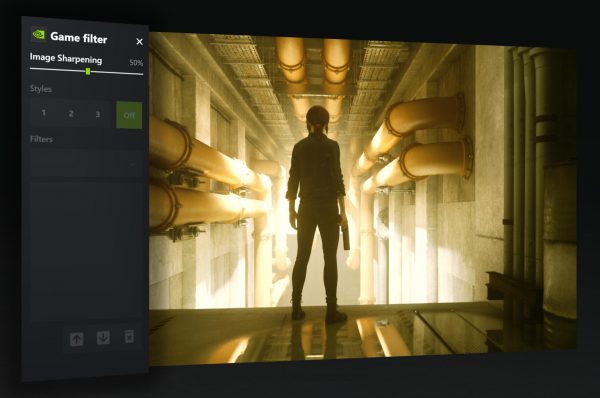
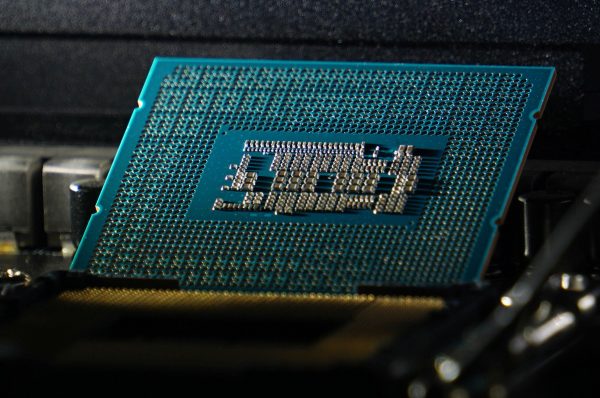
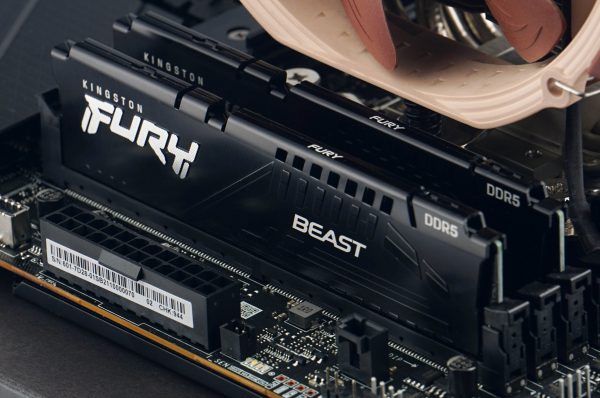
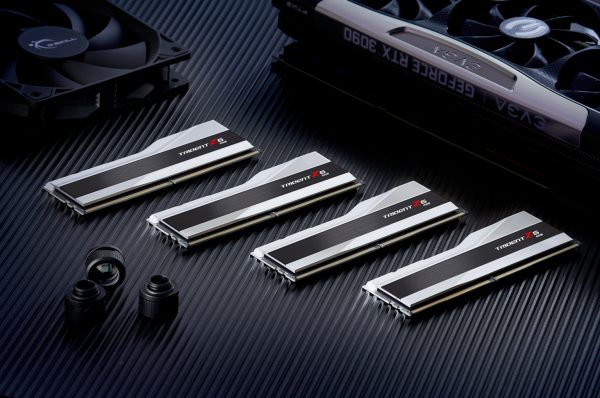

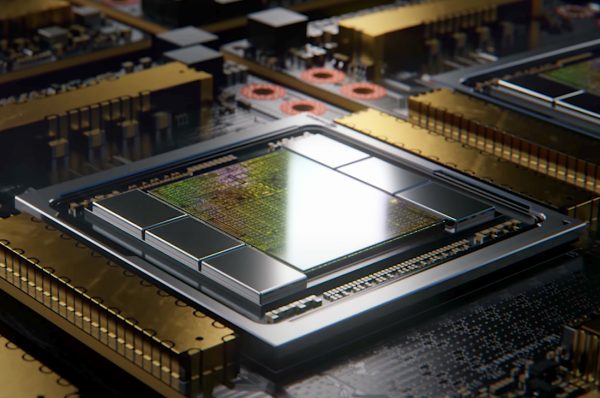
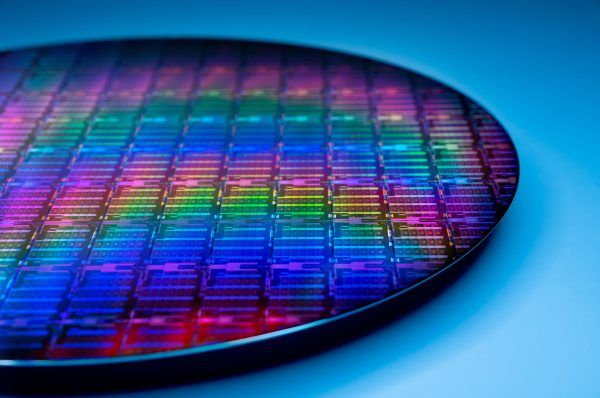
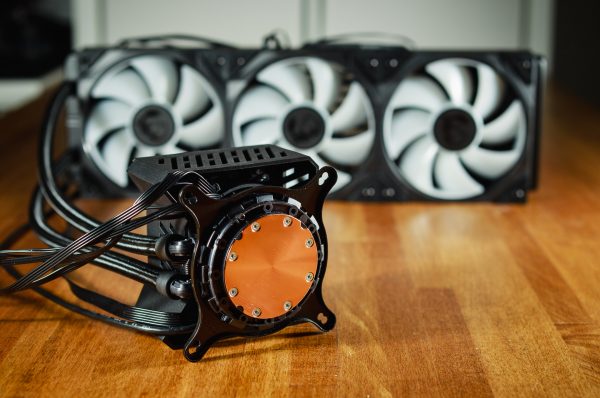
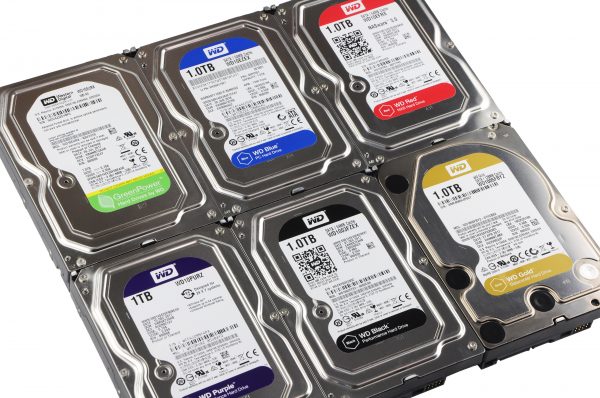
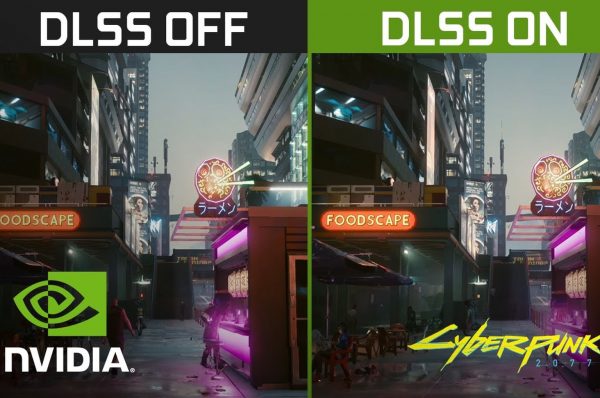
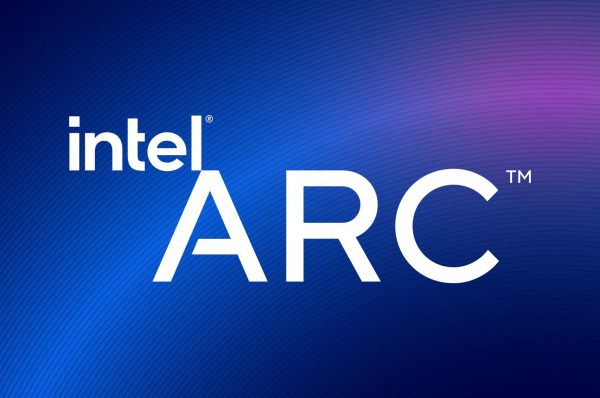
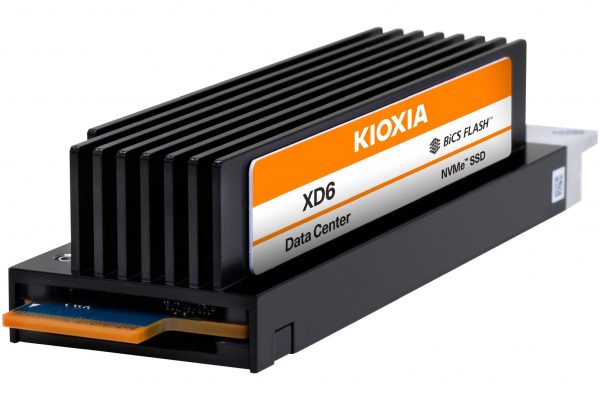
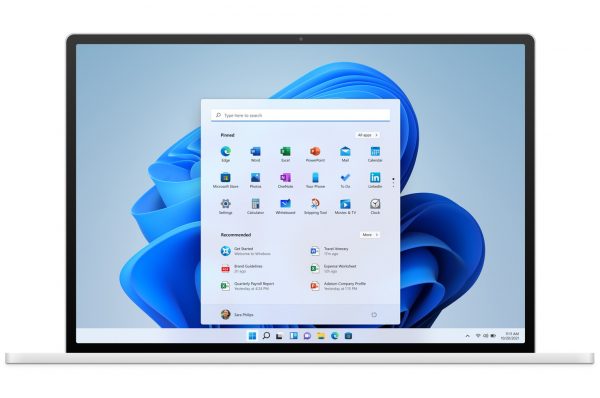
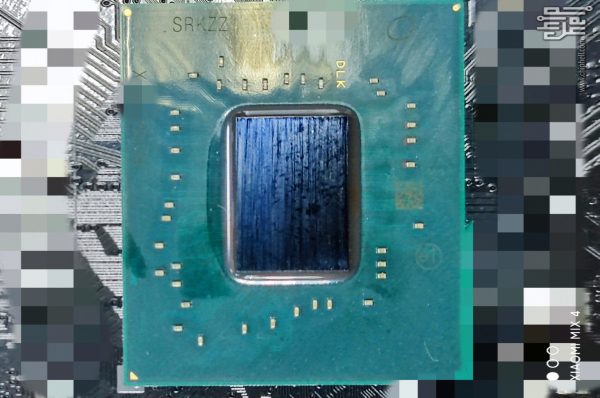
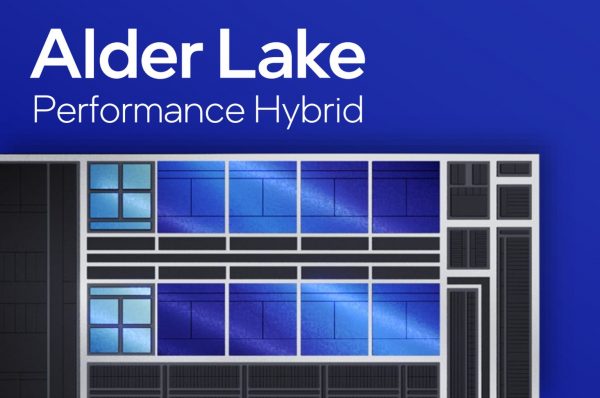



Latest comments